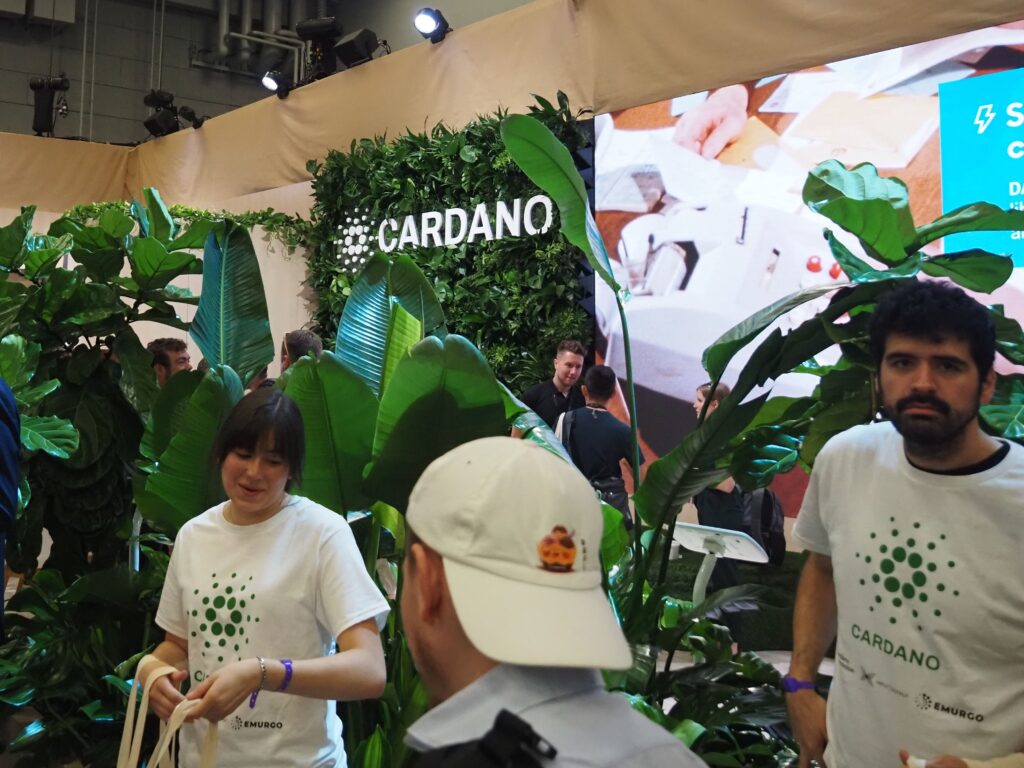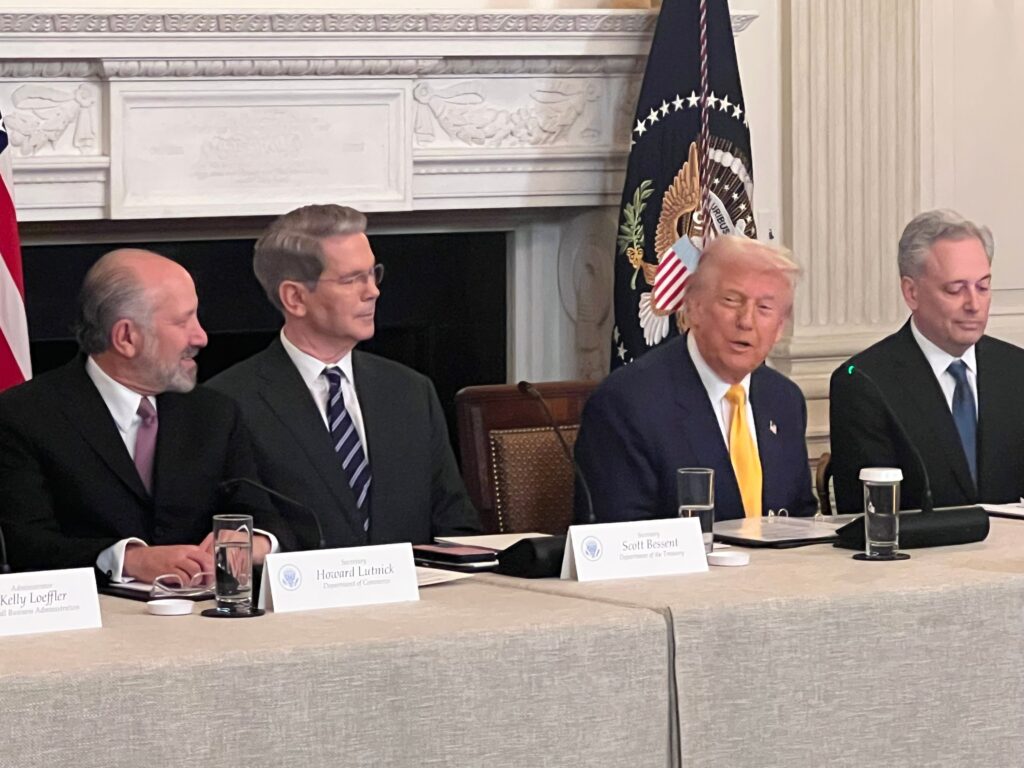Trading Surge for ADA
Recent months have seen a remarkable surge in trading volumes for Cardano’s ADA token. Daily trading figures skyrocketed to an impressive average of $720 million in February, with March witnessing a staggering increase to over $1.4 billion. This uptick can largely be attributed to a social media post from former U.S. President Donald Trump, who highlighted ADA as part of a proposed strategic cryptocurrency reserve for the nation.
While Cardano is basking in this newfound mainstream spotlight, it has been steadily establishing itself as a prominent player in the crypto landscape since its launch in late 2017.
Adoption Metrics: A Closer Examination
With a market capitalization of $25.6 billion, Cardano’s ADA token demonstrates considerable financial significance. However, the numbers that truly matter lie beneath the surface. According to Google data, the Cardano blockchain boasts more than 5 million unique wallets and 1.3 million delegators, with thousands of new wallets being created daily.
Interestingly, Cardano has reported a total value locked (TVL) of $329 million. Yet, Frederik Gregaard, CEO of the Cardano Foundation, argues that this metric is often overstated in the crypto community. He emphasizes the importance of “non-value transactions” where users engage in real-world activities on the blockchain without a financial component. Examples include minting decentralized identities, tracking metadata, and recording essential documents. Gregaard asserts that Cardano is a thriving hub for such activities, stating, “I’m fighting to ensure that 50% of the activity is a non-value transaction.”
One notable instance of this is Cardano’s collaboration with Veritree, where the community contributed over 1 million ADA tokens to plant an equal number of mangrove trees in Kenya, with each donation meticulously verified and tracked on the blockchain.
In a recent development, the Cardano Foundation announced a partnership with SERPRO, Brazil’s largest state-owned IT company, aimed at accelerating blockchain adoption across South America. This partnership is significant, as SERPRO processes a staggering 33 billion transactions annually for 90% of Brazil’s federal administration. Furthermore, 8,000 employees will receive blockchain training as part of this initiative.
Cardano Takes a Unique Approach to Blockchain
Unlike other blockchain networks such as Solana or various layer-2 solutions that focus heavily on total value locked (TVL) and speculative trends, Cardano adopts a more measured approach. While Solana’s TVL surged from $2.2 billion to over $10 billion in 2024, Cardano’s growth was more modest, moving from $445 million to $537 million in the same timeframe.
DeFi on Cardano: A Flourishing Ecosystem
Despite the Cardano Foundation’s commitment to real-world use cases, the blockchain still supports a vibrant decentralized finance (DeFi) ecosystem. Minswap, Cardano’s native decentralized exchange (DEX), has achieved a cumulative trading volume of $3.4 billion, with December alone accounting for nearly $271 million, according to DefiLlama data.
In addition to Minswap, Cardano hosts several lending protocols, including Liqwid, Lenfi, and Optim Finance, with the total value locked across these lending platforms exceeding $116 million. However, Gregaard emphasizes that his goal is to maintain a balance where financialized transactions do not exceed 50% of the blockchain’s activities, aligning with the Cardano Foundation’s non-profit ethos, even if it means limiting potential explosive growth from speculative trends.
Navigating Internal Dynamics: Cardano Foundation, IOG, and Emurgo
Achieving this balance is not without its challenges, particularly because three main entities govern the Cardano blockchain: the Cardano Foundation, Charles Hoskinson’s Input Output Global (IOG), and Emurgo. The latter two are commercial entities, which can lead to friction in their relationship with the foundation.
Gregaard noted, “The intent of having a non-profit was that you can optimize decision-making based on a long-term vision, rather than focusing solely on immediate gains.” Some of the internal tensions were highlighted by an anonymous community member who expressed concerns over the differing priorities of these organizations in a December email.
In response, Hoskinson acknowledged the challenges but also expressed agreement with some of the whistleblower’s sentiments. Nevertheless, Gregaard took a more conciliatory stance, stating, “There’s no monetary exchange going on between us, but we do work very closely together.” He added that collaboration is fostered through joint conference appearances and shared sponsorships, setting them apart from other blockchain foundations that exercise tighter control over finances.
Finally, Gregaard pointed out that the Cardano Foundation serves as a vital liability umbrella for the community and the blockchain itself, managing relations with regulatory bodies such as the SEC, CSDC, and FMA, and playing a crucial role in negotiations with the European Parliament regarding the Markets in Crypto-Assets (MiCA) legislation.
In conclusion, Cardano is positioning itself not only as a leader in blockchain technology but also as a network committed to real-world applications and responsible governance, navigating the complexities of its operational dynamics while striving for sustainable growth.



